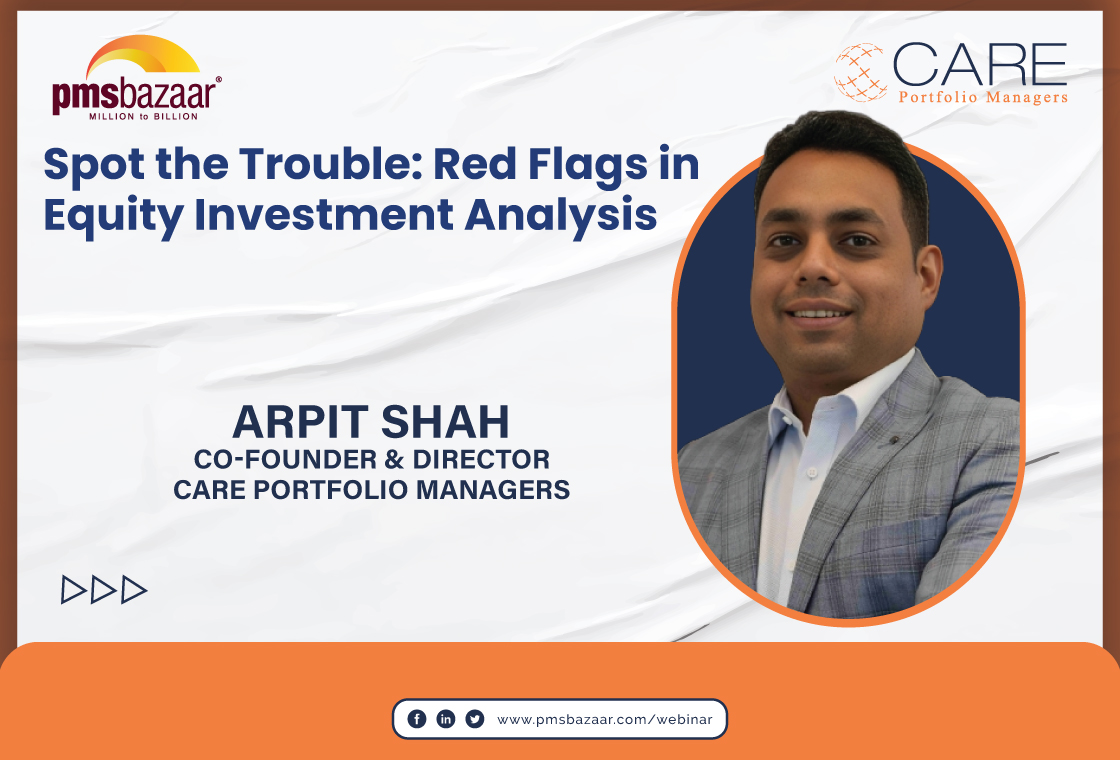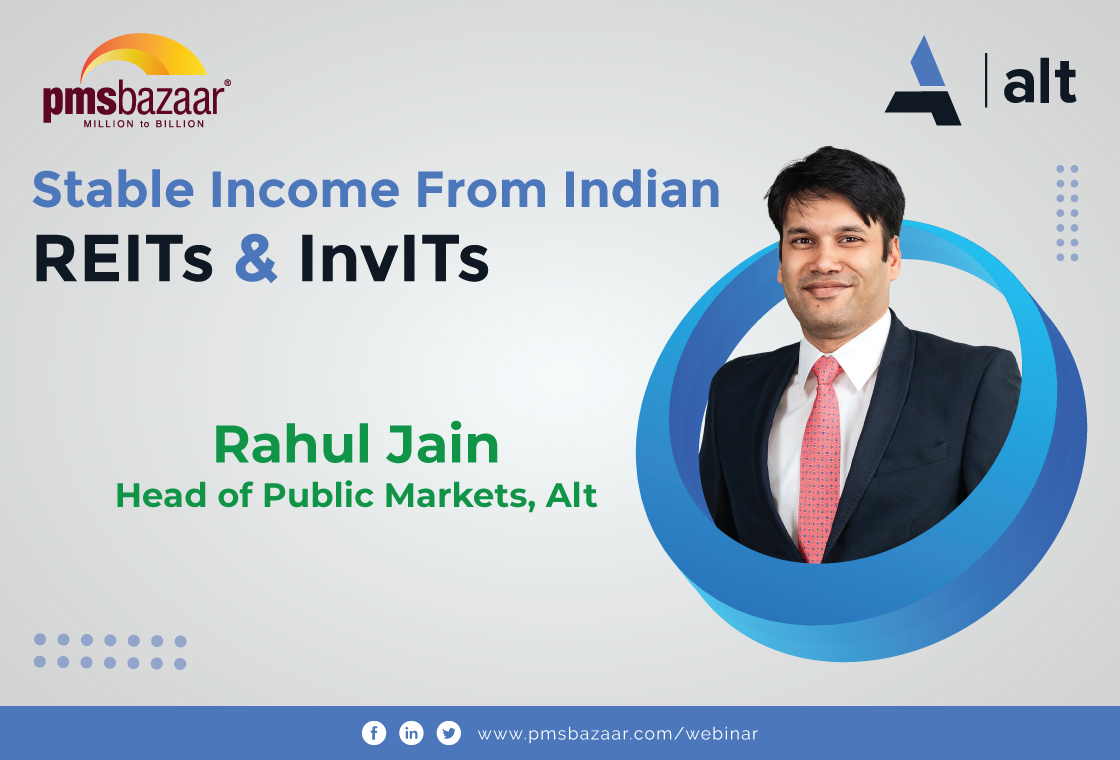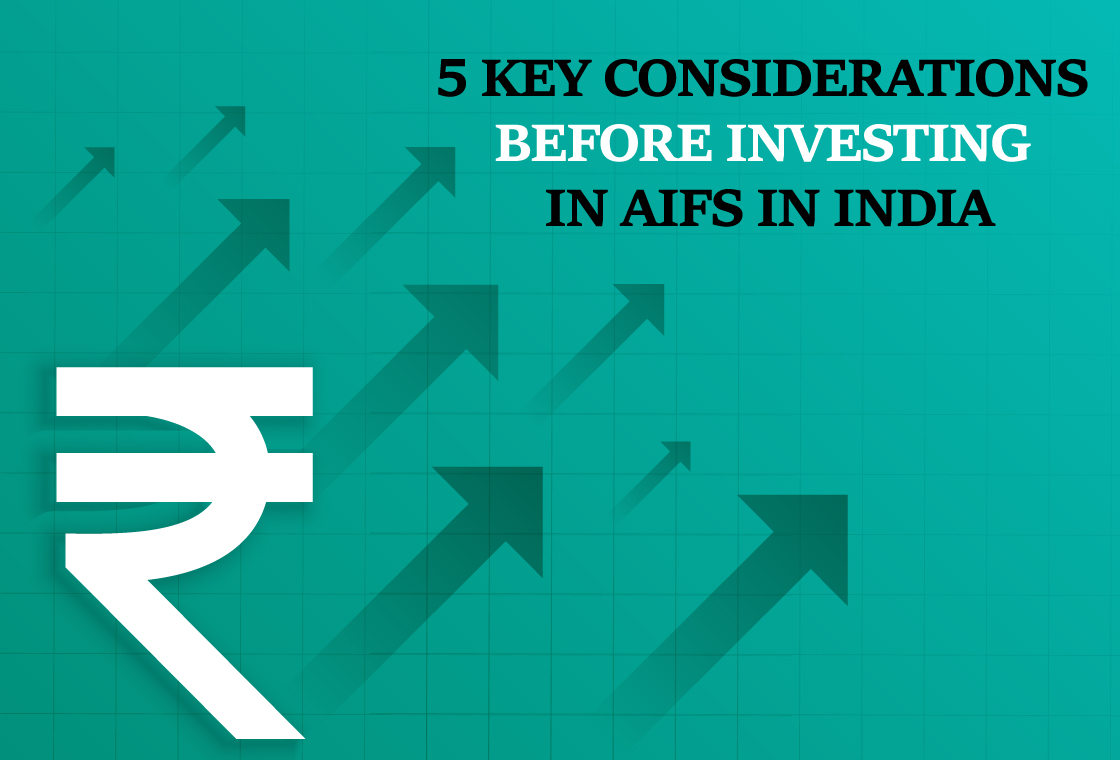PMS Bazaar kicked off season 2 of the Alternate Universe series with Sundaram Alternates. The first episode of this series was on the topic “Emergence of Tech Enabled Wealth Management Services”. Learn why and how technology helps

PMS Bazaar recently hosted a special webinar titled "Emergence of Tech-Enabled Wealth Management Services," featuring Srikanth Subramaniam, co-founder, MD, and CEO of Angel One. The session was moderated by Vikaas M Sachdeva, Managing Director, and Arjun G Nagarjan, Chief Economist and Communication Manager of Investments, both from Sundaram Alternates.
This blog dives into the changing world of wealth management. It explores how trends like digitalisation and technology are forcing wealth managers to learn new skills. The blog also discusses how technology affects everything from how investments are chosen to how clients interact with their wealth managers.
It even explores how emerging technologies like blockchain, and cryptocurrency could disrupt the industry. Finally, the blog examines the role of regulation in this tech-driven wealth management landscape.
Overall, this blog aims to give investors a clear picture of how wealth management is changing and how technology plays a central role in shaping the industry, client experiences, and regulations.
Key Aspects Covered in the Webinar Blog are:
- Trends in the wealth management industry
- Digital process and strategies employed in HNI and UHI segments
- Asset Allocation: how tech helps in decision-making
- Technology disruption in wealth management: Implications of blockchain and cryptocurrency
Trends in the wealth management industry
The session discussed how tech-enabled wealth management services have evolved significantly over the years, with a notable shift towards digital platforms and the integration of technology. This evolution has been driven by the recognition of the need for reskilling and the increasing importance of digital advancements in the financial sector. The emergence of fintech, particularly in the wealth management space, has led to a pivot towards digital platforms, such as Angel One, which have successfully transitioned into digitally native firms.
The trends that have become norms include a focus on holistic and consumer-first wealth management, the balance between financial expertise and technology, and the democratisation of wealth management services through technology. Additionally, the use of technology to minimise information arbitrage and provide accurate and timely information to investors has become a standard practice.
The integration of predictive analytics and data science has also played a significant role in shaping asset allocation strategies. Overall, the industry has seen a shift towards leveraging technology to enhance trust, accessibility, and the quality of wealth management services.
Digital process and strategies employed in HNI and UHI segments
In the realm of high-net-worth individual (HNI) and ultra-HNI customer segments, technology plays a pivotal role in customer acquisition strategies. Specifically, for ultra-HNIs, whose net worth typically exceeds 50 crores, technology serves to streamline processes, reduce costs, and boost service quality. By automating support functions, operational expenses, and infrastructure, technology enables more efficient last-mile validation by relationship managers and private bankers. This approach not only enhances productivity and service delivery but also ensures a better client experience at a lower cost.
In the HNI segment, covering individuals with net worth ranging from Rs 1 to 25 crore, a more versatile omni-channel approach is adopted. This entails maintaining physical branches for personalised interactions with bankers while also offering virtual meetings and digital platforms for accessing advice and products. Leveraging technology in this context facilitates intelligent conversations, virtual meetings, and tailored nudges through apps, accommodating the diverse preferences of high-quality professionals and business owners. Overall, embracing digitisation enhances customer acquisition by providing cost-effective, personalised, and flexible wealth management services that cater to the unique needs of both ultra-HNI and HNI clients.
Asset Allocation: how tech helps in decision-making
Asset allocation for clients relies heavily on predictive analytics, a vital tool for wealth management firms to make well-informed decisions. Predictive analytics utilises historical data, statistical algorithms, and machine learning techniques to forecast future outcomes, encompassing market trends, investment performance, and risk assessment. By scrutinising patterns and trends, predictive analytics aids in recognising potential investment opportunities, refining asset allocation strategies, and bolstering risk management protocols.
Moreover, technology serves as a conduit for informed decision-making among investors, granting access to real-time, precise information via digital platforms. Investors can leverage technology-driven wealth management services to monitor their portfolios, receive tailored recommendations, and make decisions grounded in comprehensive and current data. This empowerment enables investors to exercise greater control over their investments, promptly adjust strategies, and align portfolios with their financial aspirations and risk thresholds.
In essence, the fusion of predictive analytics and technology in wealth management fosters data-driven decision-making, fosters transparency, and empowers both wealth management firms and investors to optimise asset allocation strategies, ultimately steering them closer to their financial goals.
Technology disruption in wealth management: Implications of blockchain and cryptocurrency
The wealth asset management sector is experiencing significant disruption due to technology, with digital platforms and advanced technologies playing a key role. Fintech innovations have reshaped the industry, emphasising holistic wealth management focused on consumers. This shift is fuelled by the recognition of the need for digital advancements and reskilling in finance, transforming how investors access financial services through tech-enabled platforms. These platforms utilise predictive analytics and machine learning for personalised advice, reducing information gaps and ensuring a smooth user experience.
Although direct involvement with cryptocurrency is avoided, blockchain technology is acknowledged as a potential disruptor in wealth management. Blockchain's decentralised nature offers transformative possibilities, democratising fiat currencies and improving transaction security and transparency. However, the adoption of cryptocurrency and blockchain in wealth management hinges on regulatory frameworks and consumer perceptions.
The webinar panel discussed all the above-mentioned points and more. Watch the entire session with the appended link below.
Get access to rich data and analytics of PMS & AIF by subscribing to us. Join the 60000+ investors & experts: Subscribe NOW
Recent Blogs
.jpg)
Passively Active Investing — A Modern Investor’s Lens on ETF-Based PMS
PMS Bazaar recently organized a webinar titled “Passively Active Investing — A Modern Investor’s Lens on ETF-Based PMS,” which featured Mr. Karan Bhatia, Co-Founder and Co-Fund Manager , Pricebridge Honeycomb ETF PMs. This blog covers the important points shared in this insightful webinar.

Spot the Trouble: Red Flags in Equity Investment Analysis
PMS Bazaar recently organized a webinar titled “Spot the Trouble: Red Flags in Equity Investment Analysis,” which featured Mr. Arpit Shah, Co-Founder & Director, Care Portfolio Managers. This blog covers the important points shared in this insightful webinar.

Long-Only AIFs Rebound Sharply in October; Long-Short Strategies Lag Despite Lower Volatility
106 long-only AIFs averaged 3.68% vs 32 long-short AIFs at 2.7%; only 24–31% of funds beat key indices

Markets log strongest monthly gains in 7 months; PMS performance turns near-uniform in October
Nifty 50 TRI gained 4.62%, BSE 500 TRI rose 4.27%; 415 of 427 equity PMSes ended positive

How SMEs are Shaping India’s Investment Landscape?
PMS Bazaar recently organized a webinar titled “How SMEs are Shaping India’s Investment Landscape?” which featured Mr. Shrikant Goyal, Fund Manager, GetFive Opportunity Fund.

Stable Income from Indian REITs and InvITs
PMS Bazaar recently organized a webinar titled “Stable Income from Indian REITs and InvITs,” which featured Mr. Rahul Jain, Head of Public Markets, Alt.

5 Key Considerations Before Investing in AIFs in India
Alternative Investment Funds (AIFs) have emerged as a compelling option for sophisticated investors seeking diversification and potentially superior returns. But venturing into AIFs requires a clear understanding of their unique characteristics that go beyond simply knowing what they are and their categories.

How AIF can help in diversification?
Traditionally, Indian investors have relied on a mix of stocks and bonds to build their wealth. While this approach offers diversification, it can still leave your portfolio vulnerable to market fluctuations. Enter Alternative Investment Funds (AIFs), a dynamic asset class gaining traction for its ability to unlock diversification beyond the realm of conventional options.

